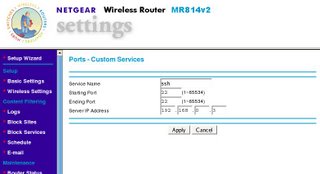"Firefox is already running problem" on Linux

I am an avid fan of Linux and use it at home, on my office desktop as well as my laptop. Also firefox seems to be the best browser available on the Linux platform. However sometimes it quite happens that firefox crashes and restarting it can be really very nasty. Quite often you see a message saying that there is already an instance of firefox running. The way to overcome this problem is to go to the .mozilla/firefox subdirectory under your home directory. After this, go to the subdirectory which has an extension .default. This basically contains all the bookmarks and other customizations like plug-ins etc that you have added for your firefox browser. Now do a "ls -la | grep lock" in this directory and then delete the files that correspond to this output. These basically correspond to the lock(s) that did not get deleted when the browser crashed. Now restart the browswer, it should start without a problem.


